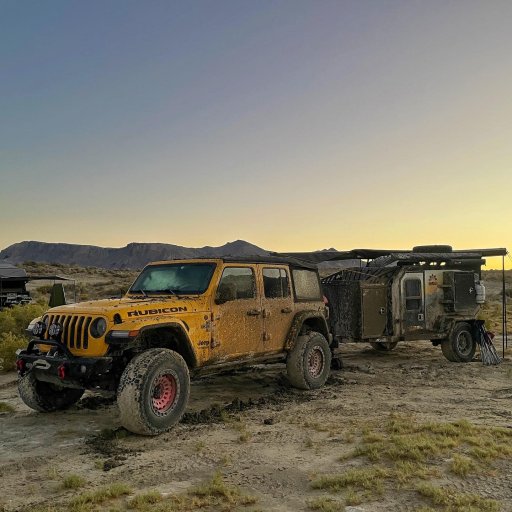
Explorer I
Totally agree and this is why I think EVs make good sense for "around town" use (as long as the grid can handle it). I am nowhere near convinced that an EV makes sense for the kind of "overlanding" that I do - long distances to remote places; off of the beaten track and away from people. Once Amazon delivers my Mr Fusion I will buy the first solid axle EV that I can find. Hahaha. Thanks!Yes valid point. The throughput for a gas station is pretty fast. If you estimate 5 minutes to fill up gas versus 30 minutes to "fill up" an EV , the throughput is 6 times better with petrol. But as you say, most EV ownerss charge at home slowly overnight and this reduces the need for station throughput. I would say that the approximate ratio of use of fast charger use vs home slow trickle makes up for the difference in petrol station refueling speeds. That is my own experience, in fact probably 10:1 or 20:1 faster charger vs petrol station. Thus if my calculations are correct, we might only need 10% of the EV fast charging stations compared to petrol stations.







